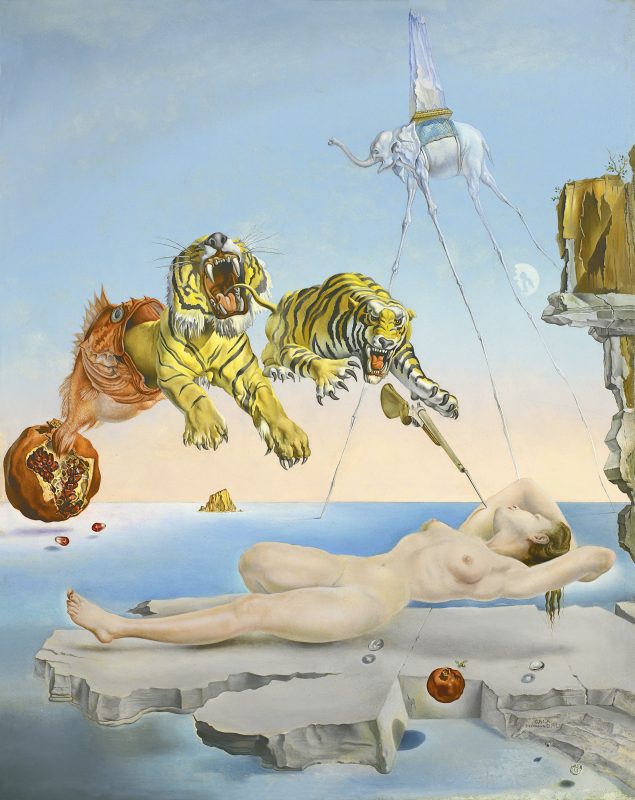Salvador Dali was a Spanish Surrealist painter born in 1904. He is perhaps most famous for his surrealist paintings, which often featured strange, dreamlike imagery and elements of surprise and unexpected juxtapositions. Dali was a master of the Surrealist movement, which aimed to tap into the unconscious mind and reveal the hidden desires and fears of the human psyche. He believed that the unconscious mind was the true source of artistic inspiration, and he used his art to explore the inner workings of the human mind. Dali’s work was deeply influential and helped to shape the direction of modern art in the 20th century. In addition to his paintings, Dali was also a talented draftsman, sculptor, and filmmaker, and he was known for his flamboyant and eccentric personality.
5 Interesting facts about Salvador Dali
- Salvador Dalí was a Spanish surrealist artist known for his striking and imaginative paintings, sculptures, and other works of art. He was born in 1904 in Figueres, Spain, and grew up in a Catalan environment that would later heavily influence his art.
- Dalí was a master of self-promotion and was often known for his flamboyant and eccentric behavior, which helped him become one of the most famous artists of the 20th century. He was a member of the Surrealist movement, which sought to explore the unconscious mind and to challenge the boundaries of reality.
- His most famous work, The Persistence of Memory, features melting clocks and other strange imagery that has become iconic in the world of modern art. This painting, along with many of his other surrealist works, helped to define the movement and establish Dalí as one of its leading figures.
- Dalí was a versatile and prolific artist who worked in a variety of media, including painting, sculpture, film, and even fashion design. He was known for his technical skill and his ability to create highly detailed and complex works of art that often contained hidden meanings and symbols.
- In addition to his surrealist works, Dalí was also a skilled draftsman and often incorporated classical motifs and techniques into his art. He was deeply influenced by the art created during the Renaissance and the Baroque periods, and he sought to combine these traditional styles with the revolutionary ideas of surrealism.

Salvador Dali
Source: El Museo Nacional Thyssen-Bornemisza (url:https://www.museothyssen.org/en/collection/artists/dali-salvador/dream-caused-flight-bee-around-pomegranate-second-waking)
The influence of Dali’s art
One of the most notable ways in which Dali’s art influenced the world was through his use of surrealistic concepts, a movement that sought to express the inner workings of the mind through dreamlike and irrational imagery. Dali’s paintings often featured striking and seemingly impossible visuals, which were designed to challenge the viewer’s perceptions and imagination.
Another way in which Dali’s art stands out is through his technical prowess and attention to detail. Dali was a master of the art of painting and was known for his highly realistic and meticulous depictions of objects and scenes. He was also highly skilled at creating optical illusions, which added to the dreamlike quality of his work.
Dali’s art was also highly political, and he often used his paintings as a way to comment on and critique the world around him. His work often contained hidden meanings and symbols that were designed to challenge the viewer and spark thought and discussion.
Some of his most well-known paintings that contain political messages include “The Persistence of Memory,” which contains symbols related to the decay of Western civilization, and “The Enigma of Hitler,” which is a critique of Hitler and the Nazi regime. “Soft Construction with Boiled Beans (Premonition of Civil War)” is another example of a political painting by Dali, as it portrays the chaos and violence of the Spanish Civil War.
Overall, Dali’s art had a profound impact on the world of art and continues to be celebrated and studied today. His unique and often surrealist style, technical skill, and political commentary all contributed to his lasting legacy.




